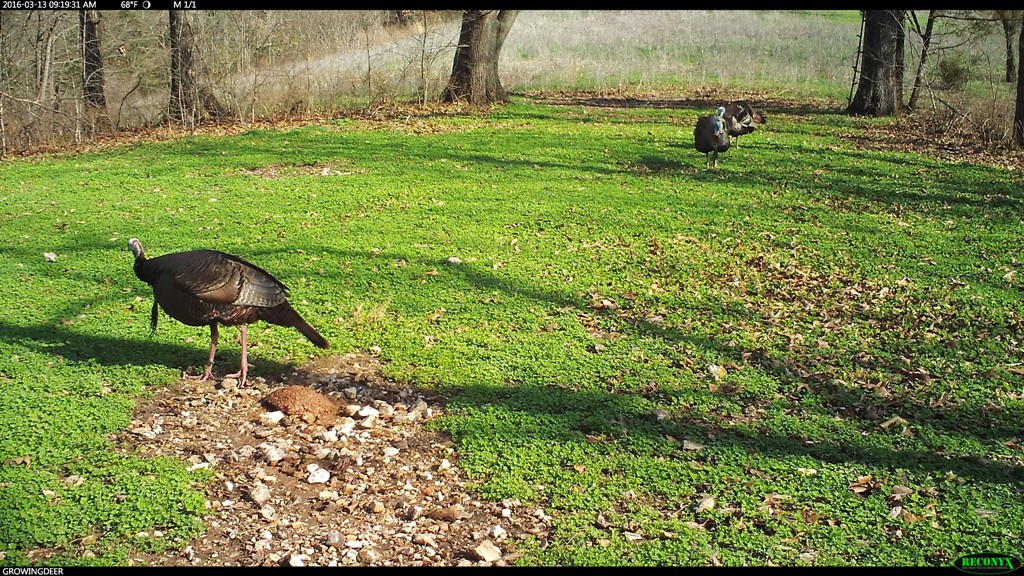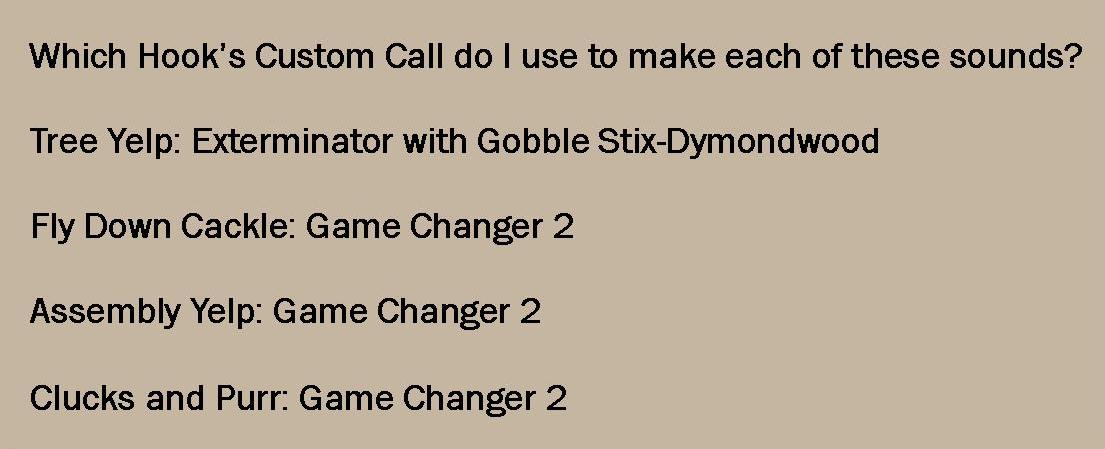Calling Gobblers Off The Roost
Filed under: Hunting Blog, Turkey Hunting
As season approaches for us here in the Midwest we are talking turkey tactics. We have already been out a few times listening for gobblers on the roost. These pre-season scouting trips give us an idea of where birds are roosting. This may change as season progresses, but until then, we start planning our tactics to intercept the birds. One thing that remains pretty consistent is how we communicate with birds while they are on the roost. Some folks say to never call to a gobbler while he is on the roost, while others call a lot! Where do you draw the line?

Try using these calling techniques to work gobblers into range.
Turkeys communicate with other birds on the roost 365 days a year. Turkeys use certain calls in specific sequences while on the roost. This sequence is exactly what we try to replicate when calling to a gobbler that is still on the roost. With our back against a tree and our Montana Decoys placed in front of us, the first turkey sound we make is a tree yelp! Tree yelps are soft notes intended to talk with other birds on limbs nearby. This call represents a “Hey! Good morning, I’m over here.” message. We may use this sequence a time or two before moving on to communicate another message! Next, we transition into a fly down cackle! As it gets lighter in the woods, you will here a more excited cutting sequence as birds fly off the limb. This call usually gets a good response from a gobbler. We may do this multiple times! As we call, we use a wing to make the sound of wings beating. This adds more realism to the setup. The gobbler now knows that multiple hens have hit the ground. Since turkeys are on the ground, the next process is to gather the flock. Assembly yelps are used to complete this message. This call is louder than the tree yelp.  It broadcasts where the flock is to gather at. We follow up the gathering of the flock calls with soft clucks and purrs. These calls are calls of contentment. Clucks and purrs communicate safety as birds gather at your location. During this process we rake the leaves. This sounds like birds are feeding. Any sound, other than calling, that is natural in the turkey woods, we use! This makes our setup more realistic and enticing as he makes his final approach!
It broadcasts where the flock is to gather at. We follow up the gathering of the flock calls with soft clucks and purrs. These calls are calls of contentment. Clucks and purrs communicate safety as birds gather at your location. During this process we rake the leaves. This sounds like birds are feeding. Any sound, other than calling, that is natural in the turkey woods, we use! This makes our setup more realistic and enticing as he makes his final approach!
From the first call of the morning to when the Winchester sounds off, all calls communicate simple realistic messages to a gobbler. This natural calling technique leads many gobblers on their final approach each spring! May you be blessed with a productive spring listening not only to gobblers, but to the Creator as well!
Chasing longbeards together,
Matt



